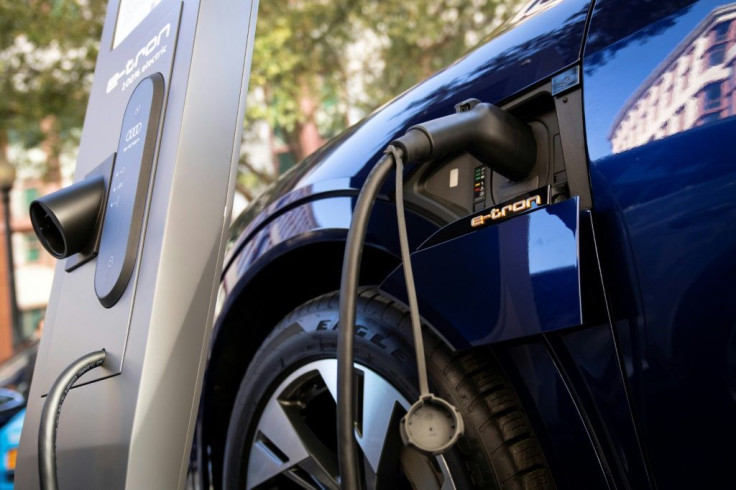With BaaS, Devices Morph Into Services To Boost EV Sales

Technology czars are not always easy to stir up, especially when someone asks them to be early adopters of out-of-box thinking. Elon Musk demonstrated on stage how quickly Tesla's Model S sedans could swap a battery to boost electric vehicle (EV) adoption in 2013. But there were hardly any takers for the idea of separating ownership of the car from its battery.
Musk had his own reasons to bat for the battery-as-a-service (BaaS) model. In the traditional model of electric vehicle charging via the plug-in method, the vehicle has to be out of action for anywhere between 30 minutes and several hours on average. Besides, it is not streamlined. Above all, the average gasoline car is refilled in around two minutes.
This is where the EV market is at currently with the BaaS model to bring down the high prices of EVs, a major barrier for their sales especially during the pandemic when people are saving on high-ticket products.
The BaaS concept, where customers buy the car and lease the battery via a subscription, is gaining ground worldwide as nations are pushing for green energy mission.
In Norway, the first European nation to roll out NIO vehicles, often called China's Tesla, on its roads, 92 percent of buyers have opted for the BaaS sales model. Sweden and the Netherlands are also reaping dividends from the BaaS model.
Tesla, which is complementing the sale of its EVs with dedicated superchargers at highway stations and high-end hotels, has seen the valuation of the US-based firm exceeding that of the next nine most valuable carmakers combined.
In Asia, Taiwan-based electric scooter brand Gogoro has been riding high on its battery swap for several years. The Gogoro battery station allows riders to lift the batteries out of the scooter, stuff them on the battery wall, and walk away with two freshly charged batteries that pop out.
Electric evangelist Shai Agassi founded Better Place in association with its partner Renault-Nissan is setting up networks of battery-swapping stations along motorways to help customers recharge their cars in minutes.
India, which is committed to achieving net-zero emissions by 2070, is the latest Asian powerhouse to take up the BaaS model to boost its green energy push. The government is banking on the private sector in a major way to achieve the commitment made by Prime Minister Narendra Modi at the UN climate summit in Glasgow in Scotland in November last year.
The EV market in India witnessed exponential growth in 2021, buoyed by the rise in oil prices. The Indian EV market is expected to grow to $150 billion by 2030 with 30 percent market penetration over the next 8 years.
Despite the federal government's pro-green policies, the high cost of battery replacement and a lack of public charging units in urban areas have held back mass adoption of EVs in the country.
India set aside provisions to strengthen the whole ecosystem of the EV industry in its budget for 2022-23, which was presented in Parliament on Feb 1. Asia's third-largest economy is putting in place an e-roaming network to give interoperability a short in the arm.
The private sector will be encouraged to develop sustainable models for 'Battery or Energy as a Service', Finance Minister Nirmala Sitharaman said in her budget speech.
Under the interoperability, Indian EV drivers are free to access public charge points from any operator through a common platform, thus improving equipment utilization.
With Sitharaman putting a thrust on a battery swapping policy, an electric scooter can be bought for Rs 36,000 in the western provincial state of Gujarat, which heavily subsidizes electric two-wheelers, and for Rs 45,000 in other parts of the country, according to experts and the Indian media.
For governments worldwide, electrification promises cars that are cleaner. By the end of the decade, the International Energy Agency estimates there will be between 145 million battery-powered vehicles on the road worldwide.
Lithium-ion batteries, like other electronics, are toxic and can cause major infernos. The danger runs high when they are stored together.
Already, there are global wildfires. Will lithium-ion batteries cause the next global domestic fires?





